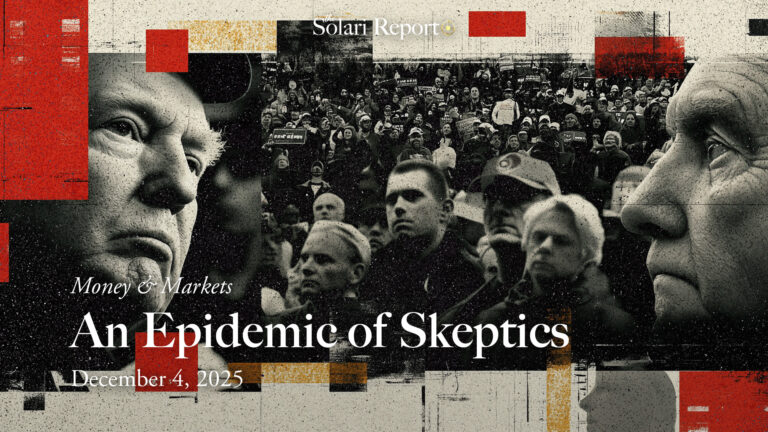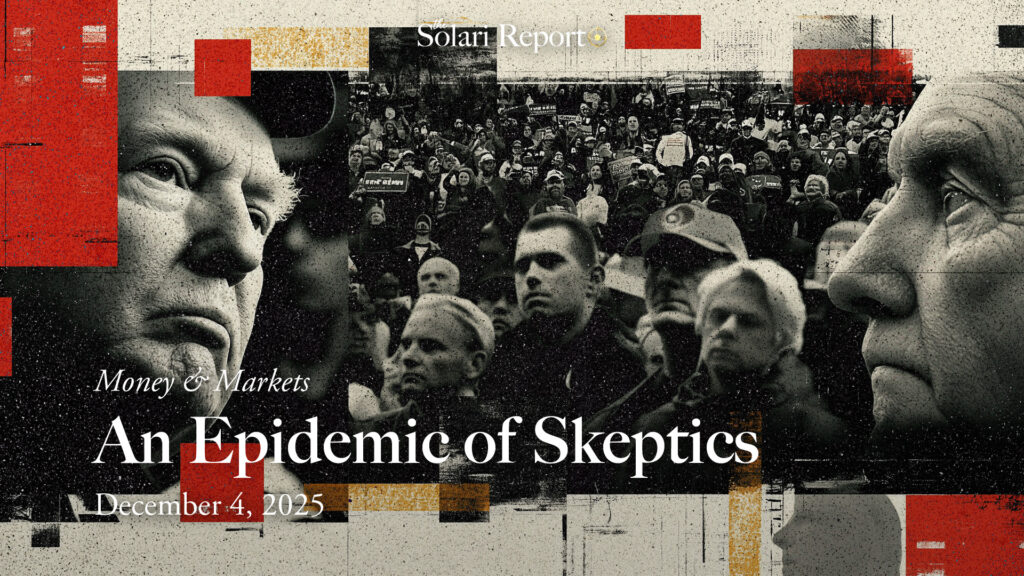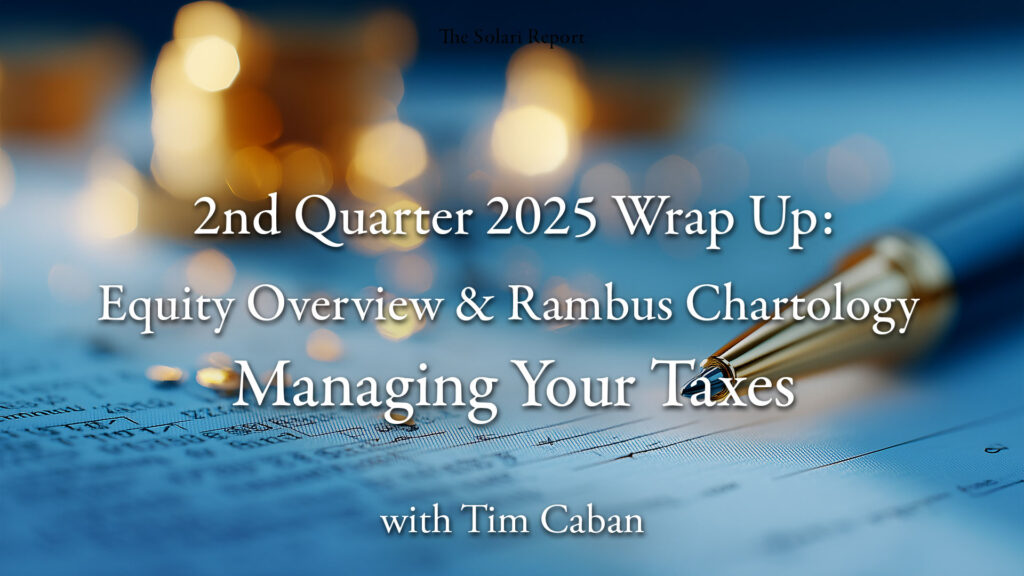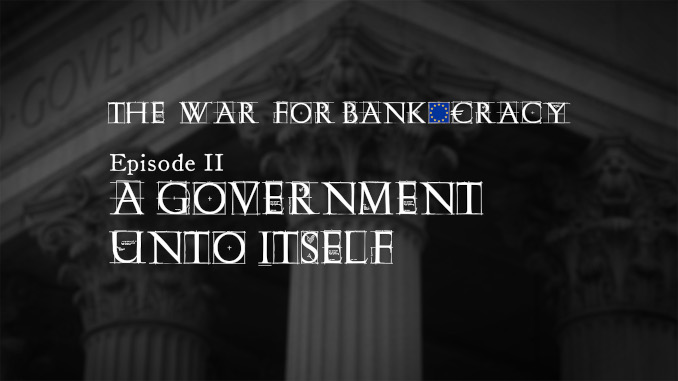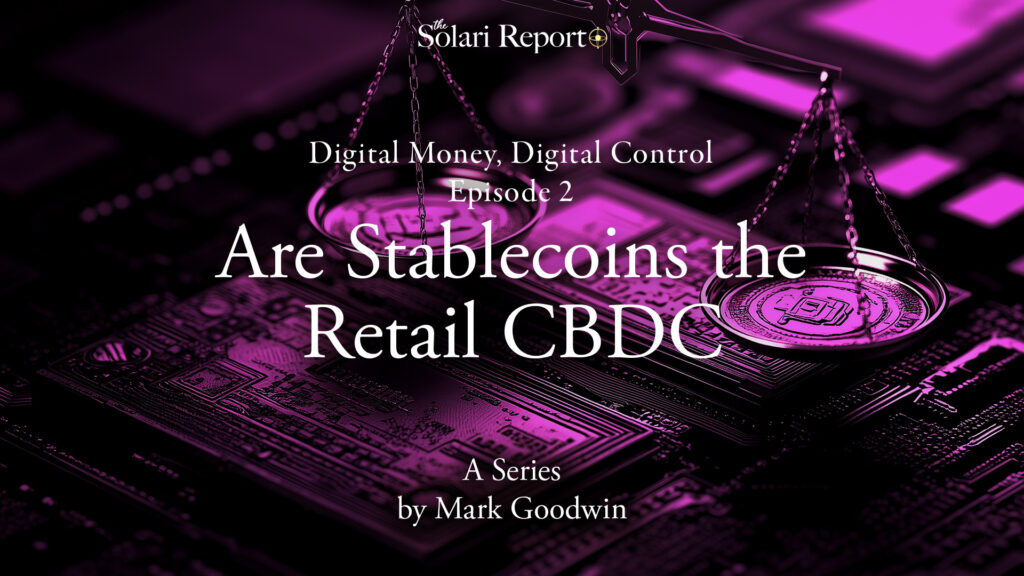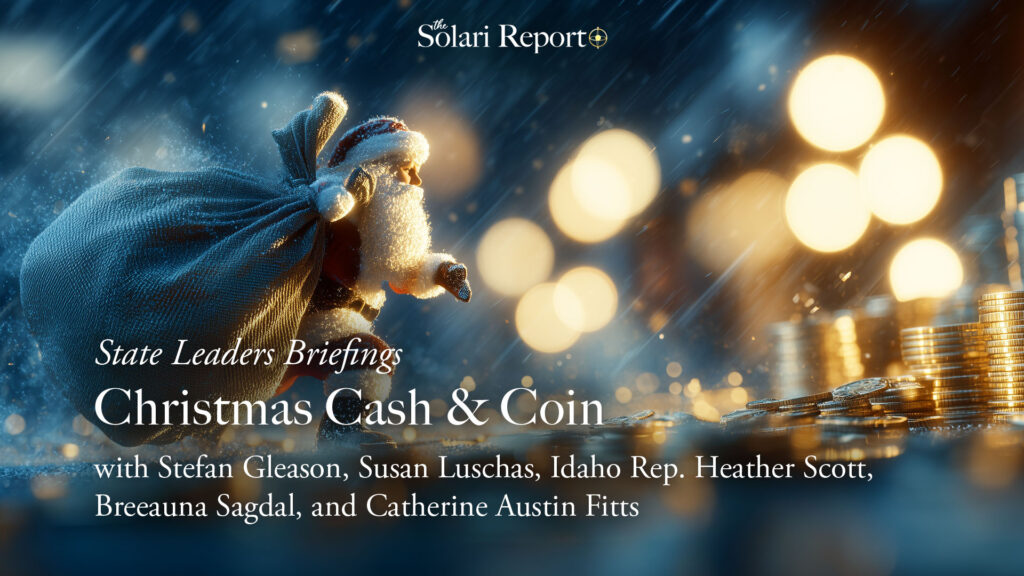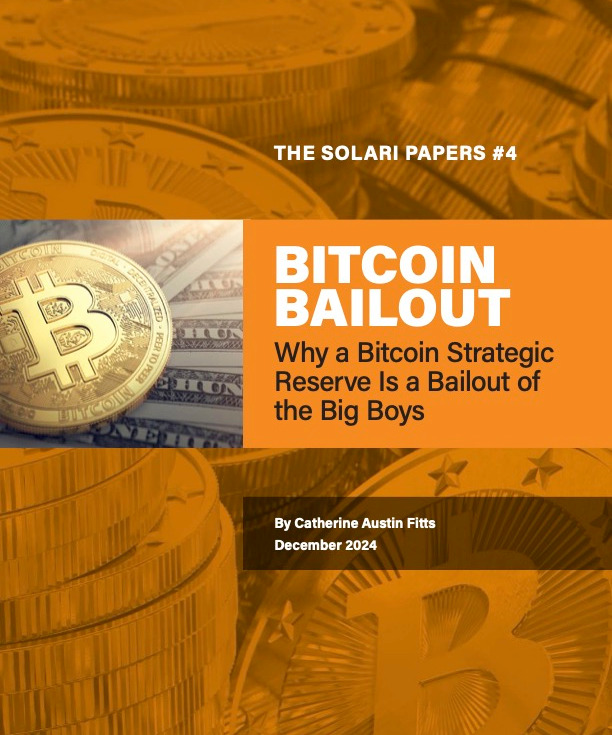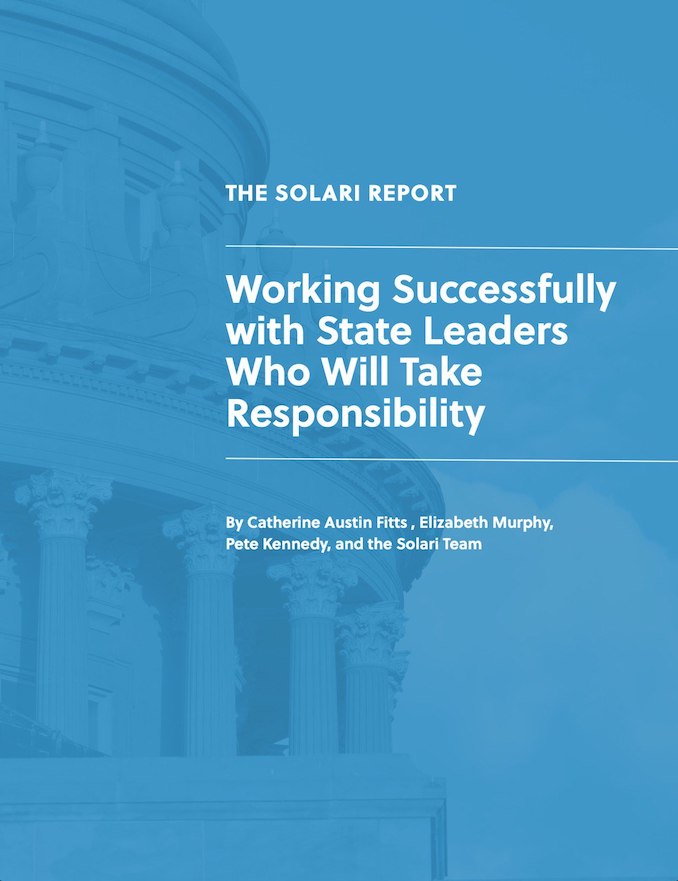The Debt Crisis at US Colleges
Become a member: Subscribe
- Money & Markets
- Weekly Solari Reports
- Cognitive Liberty
- Young Builders
- Ask Catherine
- News Trends & Stories
- Equity Overview
- War For Bankocracy
- Digital Money, Digital Control
- State Leader Briefings
- Food
- Food for the Soul
- Future Science
- Health
- Metanoia
- Solutions
- Spiritual Science
- Wellness
- Building Weatlh
- Via Europa
Solari’s Building Wealth materials are organized to inspire and support your personal strategic and financial planning.

Missing Money
Articles and video discussions of the $21 Trillion dollars missing from the U.S. government
No posts
- LATEST
- TOP SECTIONS
- SERIES
- Money & Markets
- Weekly Solari Reports
- Ask Catherine
- News Trends & Stories
- Equity Overview
- Cognitive Liberty
- Young Builders
- Building Wealth
- The War for Bankocracy
- Digital Money, Digital Control
- State Leader Briefings
- Food
- Food for the Soul
- Future Science
- Health
- Metanoia
- Solutions
- Spiritual Science
- Wellness
- Via Europa
- BLOGS
- RESOURCES
- COMMUNITY
- My Account
- Log In
- Subscribe
- Search
- Shop
- Support
- Donate
- Log Out
The Debt Crisis at US Colleges
By Andrew Hacker and Claudia Dreifus
Borrowing looms large in American life from homes to cars. But the explosion of student debt in the last decade is a pernicious trend that the colleges themselves are encouraging.
 How do colleges manage it? Kenyon has erected a $70 million sports palace featuring a 20-lane olympic pool. Stanford’s professors now get paid sabbaticals every fourth year, handing them $115,000 for not teaching. Vanderbilt pays its president $2.4 million. Alumni gifts and endowment earnings help with the costs. But a major source is tuition payments, which at private schools are breaking the $40,000 barrier, more than many families earn. Sadly, there’s more to the story. Most students have to take out loans to remit what colleges demand. At colleges lacking rich endowments, budgeting is based on turning a generation of young people into debtors.
How do colleges manage it? Kenyon has erected a $70 million sports palace featuring a 20-lane olympic pool. Stanford’s professors now get paid sabbaticals every fourth year, handing them $115,000 for not teaching. Vanderbilt pays its president $2.4 million. Alumni gifts and endowment earnings help with the costs. But a major source is tuition payments, which at private schools are breaking the $40,000 barrier, more than many families earn. Sadly, there’s more to the story. Most students have to take out loans to remit what colleges demand. At colleges lacking rich endowments, budgeting is based on turning a generation of young people into debtors.
Continue reading the article . . .
Related reading:
Don’t Count on Settling Those Student Loans
The Atlantic (10 Jun 11)
Student Loans, Gateway Drug To Debt Slavery
The Consumerist (2 Sept 10)
Solari Report Blog Commentaries
Special Solari Report: The Student Loan Scam
(11 July 11)
Is the College Debt Bubble Ready to Explode?
(5 Dec 10)
Our mission is to help you live a free and inspired life. This includes building wealth in ways that build real wealth in the wider economy. We believe that personal and family wealth is a critical ingredient of both individual freedom and community, health and well-being.
Nothing on The Solari Report should be taken as individual investment, legal, or medical advice. Anyone seeking investment, legal, medical, or other professional advice for his or her personal situation is advised to seek out a qualified advisor or advisors and provide as much information as possible to the advisor in order that such advisor can take into account all relevant circumstances, objectives, and risks before rendering an opinion as to the appropriate strategy.
Be the first to know about new articles, series and events.






